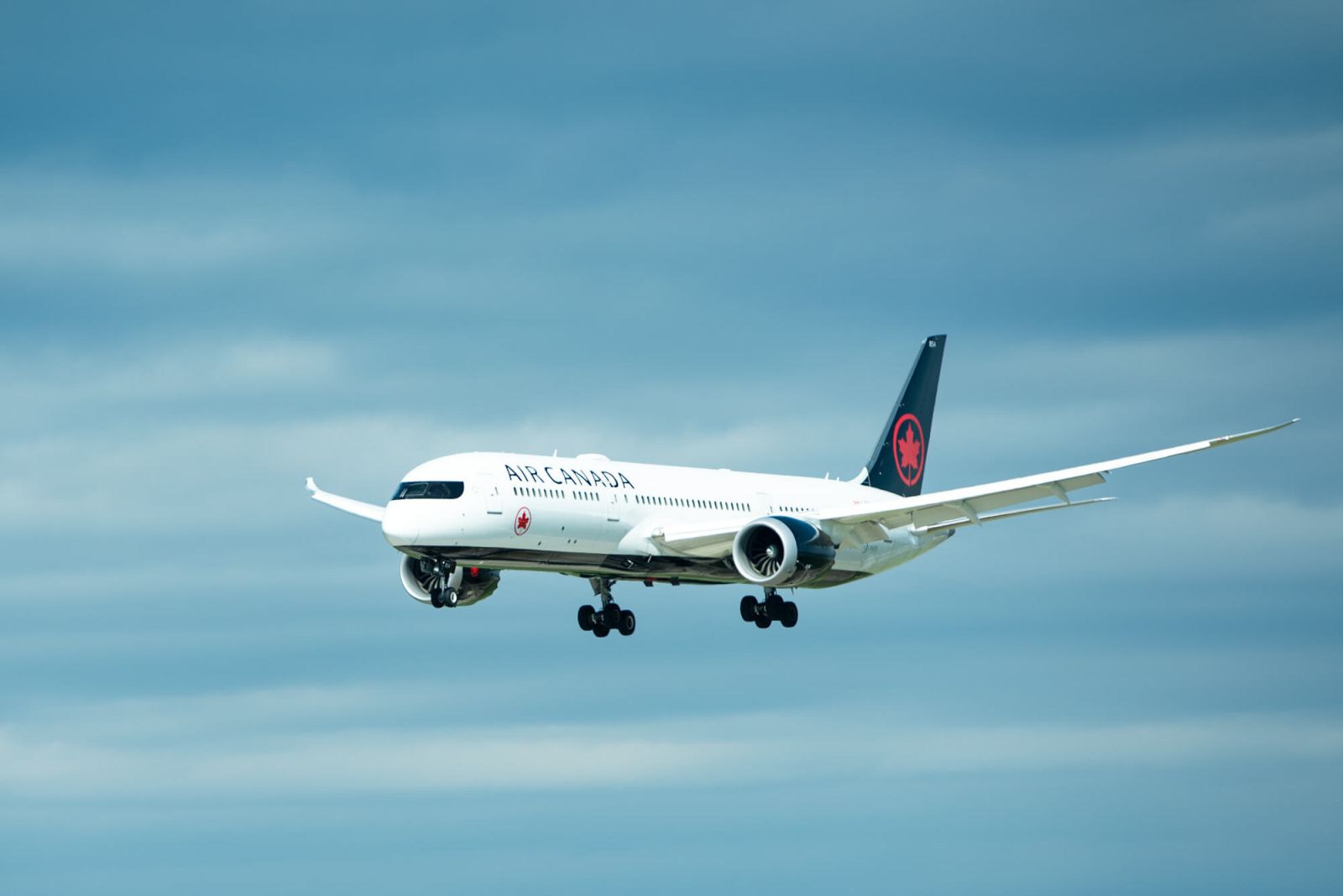.png)
.png)
.png)
NAV CANADA has introduced new arrival procedures at Toronto Pearson International Airport that will allow aircraft to shorten their flight paths and flying times, reduce fuel burn, and increase the use of quieter continuous descent operations.
Leveraging satellite-based positioning and modern aircraft flight management systems, aircraft are now able to arrive simultaneously on parallel runways on more direct and efficient routes.
This advancement at Toronto Pearson leverages Required Navigation Performance – Authorization Required (RNP-AR) approach procedures and a new separation standard introduced by the International Civil Aviation Organization (ICAO) called Established on RNP-AR (EoR). This makes it the largest deployment of the ICAO EoR standard at a major international airport.
“As Canada’s air navigation service provider, our goal is to ensure aircraft transit to their destination on the safest and most efficient path possible, while also respecting local communities and reducing the overall impact on the environment,” says Blake Cushnie, Program Director at NAV CANADA.
“The EoR project at Toronto Pearson is designed to achieve just that and we believe this concept will eventually become the new normal at other major international airports globally. We are pleased to be at the forefront of this evolution, building on EoR’s first successful deployment at Calgary International Airport and now at one of the world’s busiest airports.”
Up until now, aircraft that landed simultaneously on parallel runways were separated by three nautical miles laterally or 1,000 feet vertically until they were lined up with the runway and established on final. As a result, some aircraft were required to fly at a low altitude or a longer trajectory to maintain their separation.
The EoR separation standard allows aircraft to be considered established on final as soon as they're on the RNP-AR procedure, which is now in use for both ends of Toronto Pearson’s north runway (05-23). As a result, some aircraft approaching from the south will have the opportunity to fly up to 1,000 feet higher when aircraft to the north are established on an RNP-AR procedure, thereby providing aircraft with the opportunity to reduce their noise over communities located south and downwind of the airport.
Michael Belanger, Director of Aviation Safety, Regulations & Performance at the Greater Toronto Airports Authority, says the successful deployment of RNP technology at Toronto Pearson is a fine example of industry collaboration and stakeholder engagement to enable environmental sustainability goals and responsible growth.
On November 28, 2022 , Air Canada flight 855 , using a Boeing 787-9 Dreamliner aircraft (C-FGEO) , which flew from London, U.K.’s Heathrow Airport to Toronto Pearson, was one of the first flights to use RNP-AR at the airport.

These airspace changes will result in shorter routes and lowered fuel consumption, helping to decrease the aviation industry’s impact on the environment. Over the next 10 years, RNP-AR at Toronto Pearson is estimated to reduce greenhouse gas emissions by 178 million kilograms.
Earlier this year, NAV CANADA joined the United Nations Global Compact, the world’s largest corporate sustainability initiative. In doing so, the Company committed to formally integrating the UN Global Compact and its principles into NAV CANADA culture, strategy, and day-to-day operations. With a focus on reducing the aviation industry’s environmental impacts, initiatives like RNP-AR help to make that promise and ICAO’s 2050 net-zero carbon emission goal a reality.
“Collaboration and innovation are at the heart of this project,” says Marie-Pier Berman, Vice President & Chief of Operations at NAV CANADA. “Bringing this change to life took a great deal of teamwork and strong partnerships across our industry."
"Insights from our air traffic controllers, combined with pilots and airlines, the Greater Toronto Airports Authority, ICAO, the National Airlines Council of Canada, Transport Canada, local residents, and technical experts helped us chart a path to this significant milestone.”
Toronto Pearson is the second airport in Canada to implement the ‘Established on RNP-AR' ICAO standard. The procedure was first introduced at Calgary International Airport in 2018. Several airlines in Canada have supported NAV CANADA modernization efforts, including WestJet and Air Canada. Currently, all of WestJet’s fleet and the majority of Air Canada’s fleet of aircraft are equipped for RNP-AR.
Managing one of the largest regions of airspace in the world , collaborative projects like RNP-AR are one of many initiatives designed to guide NAV CANADA into the future, transform how the Company delivers its service over the long term, and provide value for customers. RNP-AR offers measurable benefits that help to reduce the impact of our services and those of our customers on the environment.
Source : NAV CANADA.
